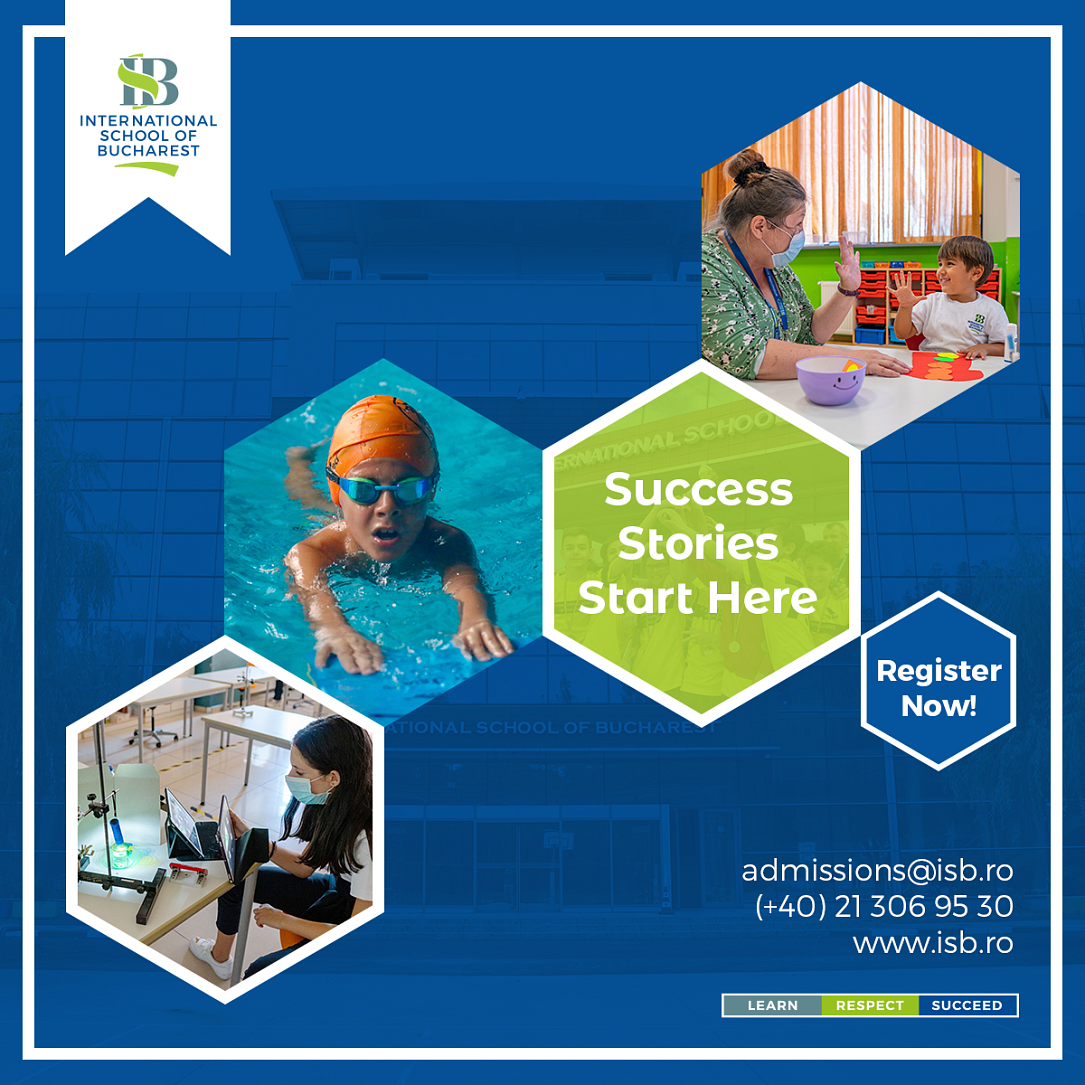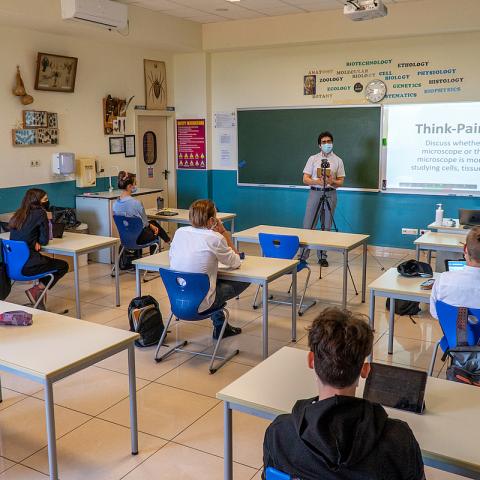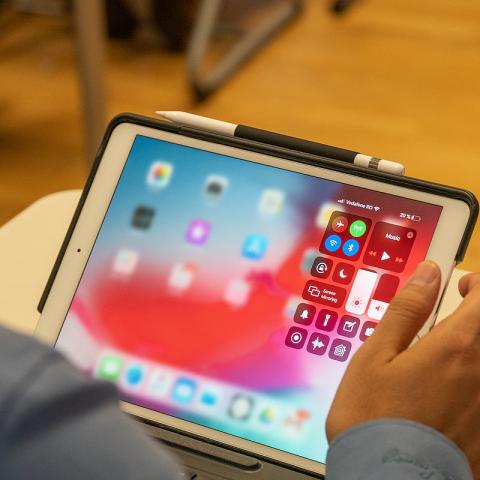(P) Steps to successfully implement and integrate technology in the classroom

The use of technology in education has become a very hot topic in the context of the pandemic. Schools, especially the state public schools, have struggled to find solutions to continue to provide education to students during the lockdown and during today’s circumstances.
Here, at the International School of Bucharest, we have successfully switched to online learning from the second day after the governments’ decision to close the school, delivering all classes online, including Music, PE, Art, and even Clubs after school. Our Information and Technology Department started to lay the ground for implementing and introducing technology into the classroom a few years ago, by working closely with the Senior Leadership Team and teaching staff. It not only takes time to implement and integrate the technology in the classroom but plenty of resources and investments in the technology. Schools need to follow a two stages process - Implementation and Integration - to successfully make use of what the technological tools may have to add to education.
-
Implementation Stage
-
Set up a very efficient and effective wi-fi network with fast speed internet
90 wi-fi access points were set up in the whole school, one in each classroom; the ISB classrooms are equipped with interactive whiteboards/projectors and Apple TVs allowing wireless screen sharing/presentations directly from iPads.
-
Teacher Training
Teacher training is a key factor in using educational technologies. ISB Teachers have had several face to face Google training sessions over the years by a certified Google Trainer.
“The Google training bootcamp was a great way to quickly master the skills I needed to become a certified Google educator. Using Google Ed in the classroom means that my students can collaborate on digital projects more easily and it empowers them to carry out their own research online. They are becoming increasingly proficient with the Google suite, developing important 21st century learning skills. It also plays an important role in our sustainability efforts as I am able to have paperless lessons.” ISB Primary School Teacher
In its recruitment policy, ISB has introduced the requirement that the newly appointed teachers must have Google Edu Level 1 certification.
-
Technology Leaders (TL)
In order to ensure the ISB staff are supported when needed, technology leaders were appointed across the school. Technology Leaders are appointed from the members of the teaching staff; they are the professionals who are very accustomed with the latest technology, very passionate about teaching and training others and willing to take on professional development courses to make sure they are up to date with the latest technologies.
-
Find the most suitable Technology Partner and eBooks resources
ISB started the iPad Programme with a pilot year group in 2016. Due to excellent results, the programme was extended to all year groups in Secondary School and to Year 6 who now have permanent access to a notebook.
Early Years Foundation Stage and KS1 are part of a programme called Shared iPad as kids are not expected to take responsibility for carrying a mobile device to school. Instead, the school provides them with an iPad to use in their lessons.
iPads are loaded with software that allow teachers to make full use of several on-line learning support sites. Teachers are also able to monitor and control the use of the iPad in class to ensure it is an aid to learning and not a distraction.
Usually, students registered their devices to the IT department so that they could receive the electronic resources. However, because of the current circumstances, ISB had to find solutions for this process to be done remotely by the students. Through simply scanning a QR code, the students were able to set up their iPad to automatically receive all the eBooks and apps they needed without coming to school.
-
Integration Stage
Getting the right tools into the classroom does not guarantee successful use of technology. Integration of these tools into the learning process is part of the process. When integration is thoughtful, students are more engaged and they begin to take control of their learning. The teachers’ challenge is to be prepared for the classroom dynamic to change to more student-centered learning and project-based learning.
The use of technology in the classroom enables us to develop blended learning within our classrooms where teacher input is fully supported by access to the latest resources to enhance the lessons. This includes access to video and animations; on-line quizzes and exercises and increased opportunities for enquiry-based and collaborative learning, all of which help students develop the skills required for higher education and professional employment. Within a blended-learning environment, the relationship between the student and teacher remains of the utmost importance and the teacher guides and instructs the student as normal. Rather than relying on traditional textbooks and PowerPoint presentations, the lessons and the homework tasks can be broadened to make use of more interactive activities to appropriately challenge the student and ensure good progress is being made. Differentiated material can be accessed which enables students to take more control over their own learning.
Parents also benefit from the integration of the iPads. Some of the benefits are:
-
Restrictions: Restrict games, apps and social media, or set up rules that restrict social media use to certain periods of time throughout the day.
-
Location: Receive a notification when the student arrives safely at school.
Think about how you are using technology in your school. Are the students using a variety of tools to complete assignments and create projects that show a deep understanding of content? Do you need more tools or maybe more staff training? Or maybe the lack of IT facilities will restrict your access to a broader on-line learning experience.
(p) - This article is an advertorial.



















